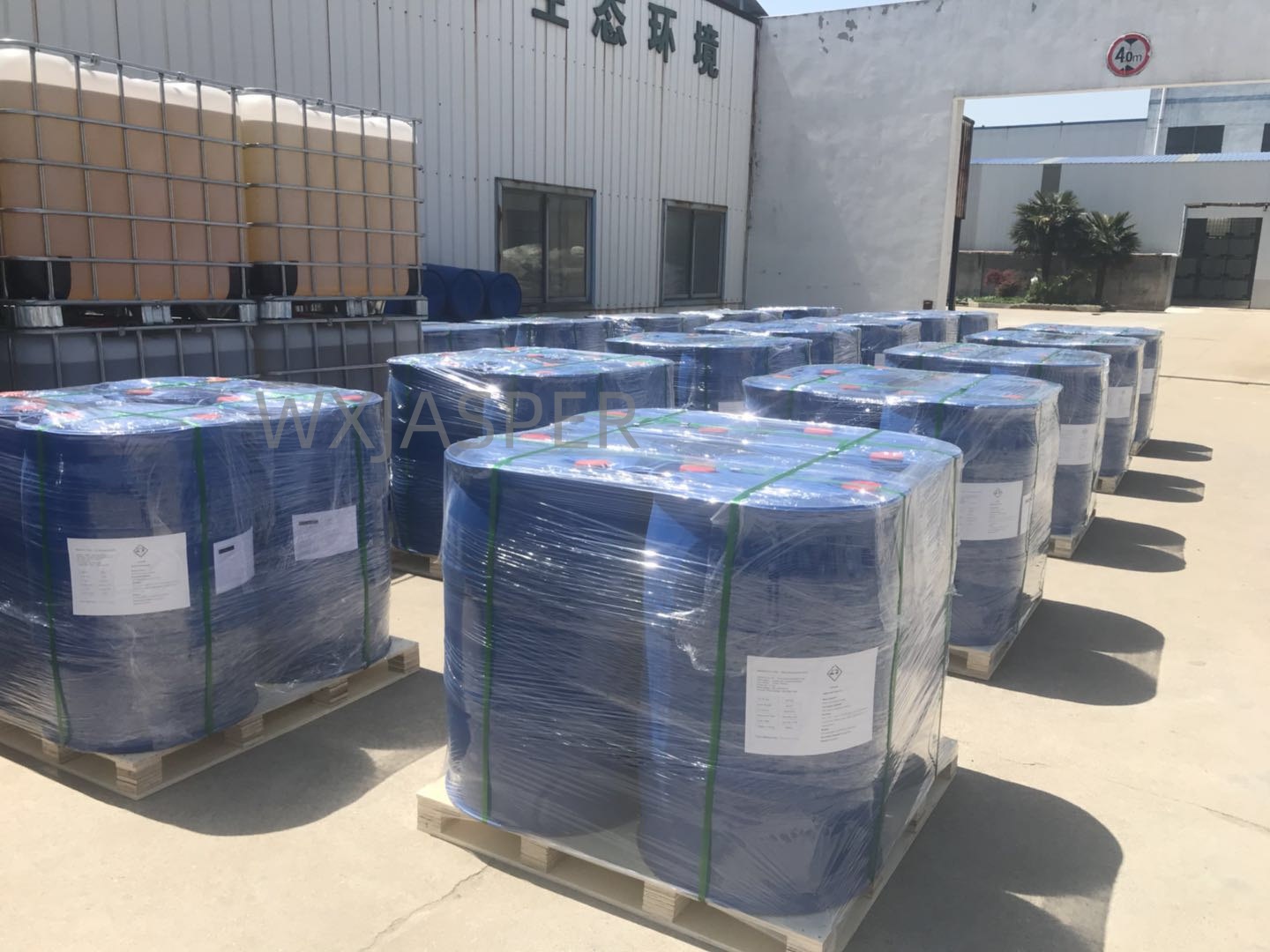Product Details
CasNo: 51811-79-1
MF: C17H31O6P
Appearance: liquid
Delivery Time: 15 days
Packing: 200kg/drum
Purity: 99%
1. Basic Information
- Chemical Formula: Taking nonylphenol ethoxylate-3 phosphate as an example, its chemical formula is C17H31O6P.
- CAS Number: The CAS number of nonylphenol ethoxylate-3 phosphate is 51811-79-1.
- Chemical Structure: It is prepared by the esterification reaction of nonylphenol polyoxyethylene ether and phosphoric acid. Its molecular structure contains a hydrophobic nonylphenol group, a hydrophilic polyoxyethylene ether chain, and a phosphate group.
2. Physical Properties
- Appearance: Usually a colorless to light yellow viscous liquid.
- Solubility: Easily soluble in water and organic solvents such as ethanol and diethylene glycol.
3. Performance Characteristics
- Surface Activity: It can reduce the interfacial tension between water and oil, has good surface activity, and can form micellar structures between water and oil.
- Emulsifying Property: It can disperse immiscible substances in the water phase to form a colloidal solution, with excellent emulsifying performance.
- Permeability: It has good permeability and can promote the penetration of other substances into the body or tissues.
- Solubilizing Property: It can improve the solubility of other substances in water, making them easier to dissolve.
- Antistatic Property: It has a certain antistatic property, which can reduce charge accumulation and electrostatic discharge.
4. Application Fields
- Detergent Industry: Used as a detergent enhancer, it can be used in the preparation of dry cleaning agents, etc. It can improve the cleaning effect and enhance the emulsifying and removing ability of oil stains.
- Metal Processing: As an emulsifier added to metal cleaning agents, it helps to remove oil stains and impurities on the metal surface; in metal cutting fluids, it can act as an emulsifier and rust inhibitor, which can improve the lubricity of cutting fluids, reduce tool wear, and extend tool life.
- Pesticide Field: It is an emulsifier added in pesticide production. It can make the effective components of pesticides better dispersed in water to form a stable emulsion and improve the application effect of pesticides.
5. Production Method
It is usually synthesized using nonylphenol polyoxyethylene ether and phosphorus pentoxide as raw materials. In the phosphoric acid esterification stage, a method combining multi-step slow heating, use of antioxidants, and nitrogen protection is adopted. By controlling the reaction conditions, nonylphenol polyoxyethylene ether phosphate with light color, high esterification rate, and low residual inorganic phosphoric acid is obtained.
6. Packaging and Storage
- Packaging: There are usually different specifications of packaging such as 1kg, 25kg, and 200kg.
- Storage: It should be stored in a cool, dry, and well-ventilated warehouse, away from kindling and heat sources, and protected from direct sunlight.
Note
Nonylphenol polyoxyethylene ether (NPE) and its derivatives (including nonylphenol polyoxyethylene ether phosphate) have attracted attention due to potential environmental persistence and endocrine-disrupting properties. Some regions and industries have imposed restrictions on their use. When applying this product, it is necessary to comply with the environmental protection policies and regulatory requirements of the corresponding region.


